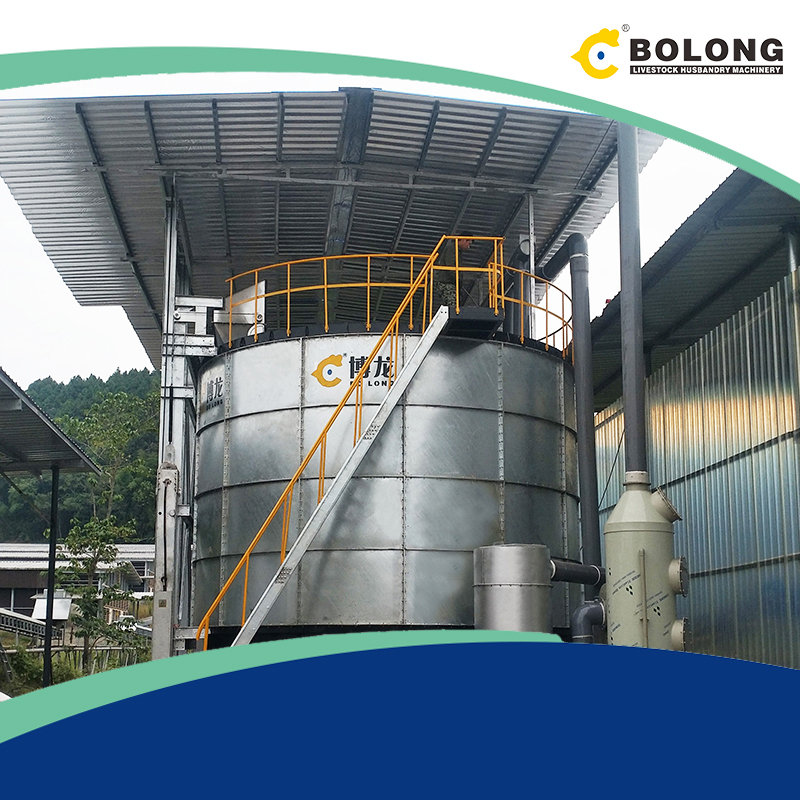
Jan 30, 2024 · When it comes to fermentation, having the right vessel is crucial to achieving optimal results. Whether you're brewing beer, making wine, or fermenting vegetables, the design and functionality of your fermentation vessel can greatly impact the quality and consistency of your end product.
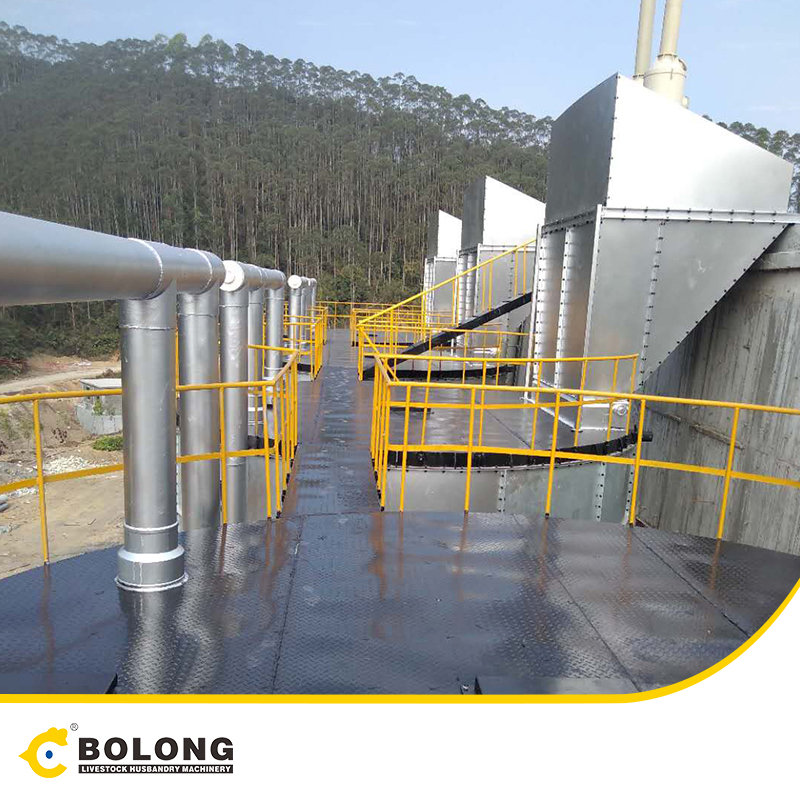
Dec 31, 2023 · The type of vessel used can greatly impact the outcome of the fermentation process. Whether you are a beginner or a seasoned pro, choosing the right vessel for fermentation is crucial. In this article, we will explore the top 10 fermentation vessels that are suitable for both beginners and professionals alike.
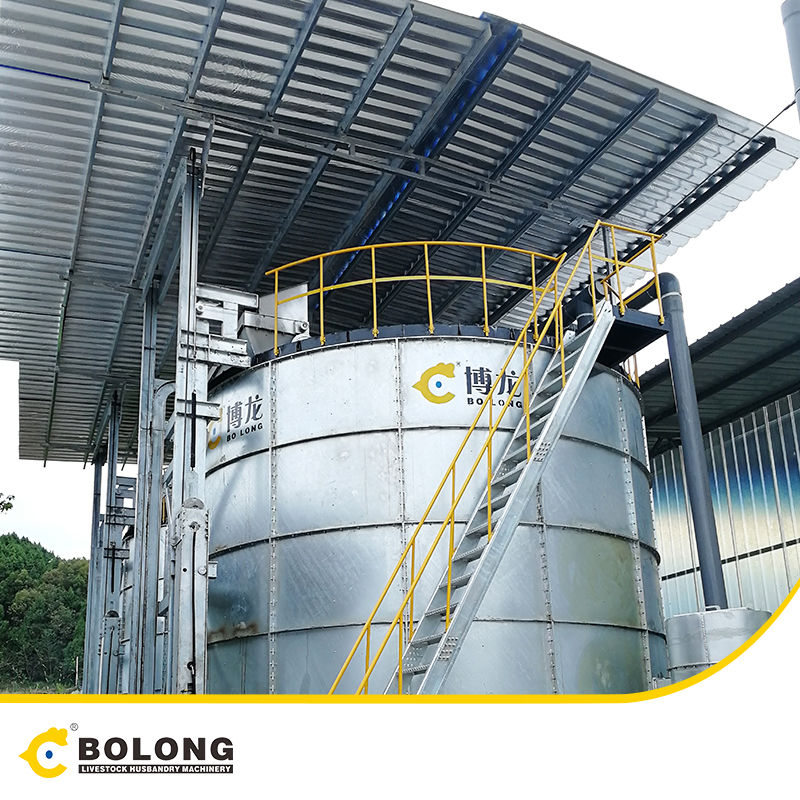
Feb 1, 2022 · vessel of all sizes to prevent a vortex and to improve aeration efficiency. They are attached radically to t he walls for every roughly one-tenth (1/10 th ) of the vessel diameter.
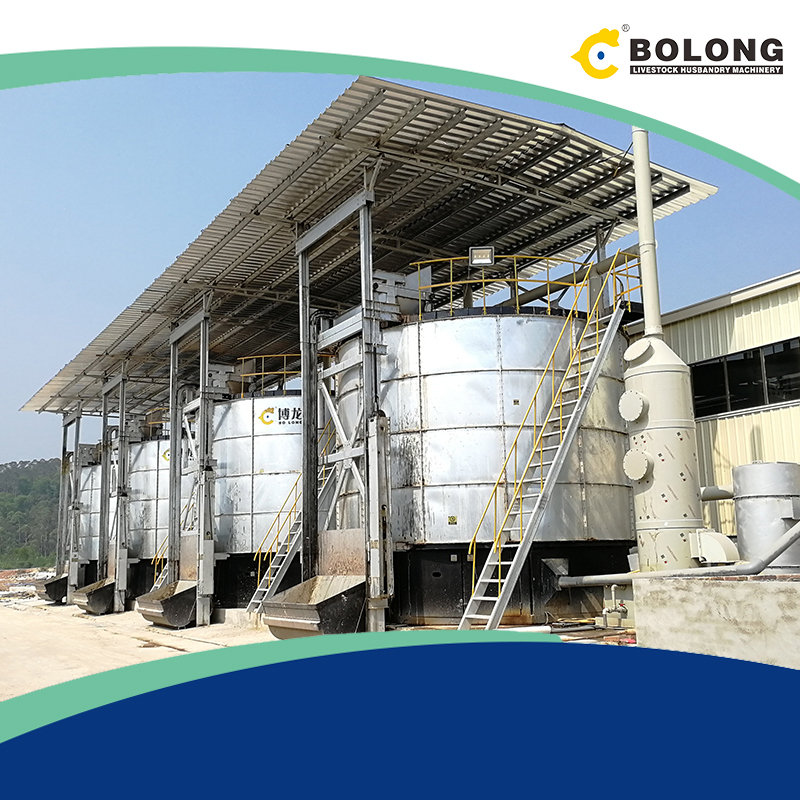
Jan 22, 2024 · Comparing Conical Fermenters to Other Fermentation Vessels. While conical fermenters offer numerous advantages, it's essential to understand how they compare to other popular fermentation vessels. Let's take a closer look: Carboys and Glass Jugs: Conical fermenters have the upper hand when it comes to ease of use, cleaning, and sediment removal
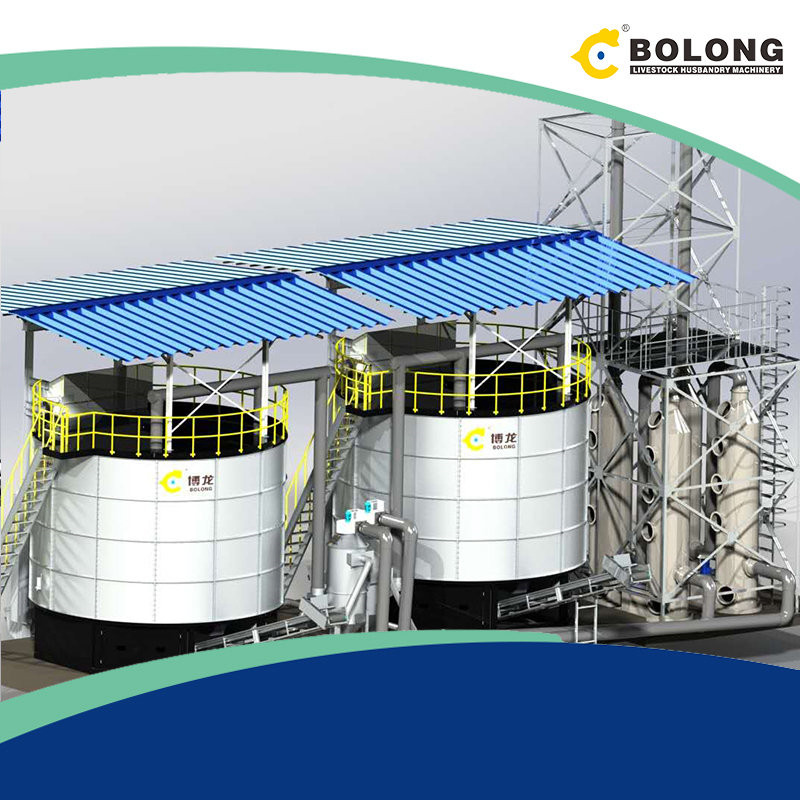
Only the minor seed vessels were mechanically stirred, and the vessel’s contents were agitated continuously by the large capacities of gas produced during fermentation . In the 1930s, Central Europe used the first real large-scale aerobic fermenters to manufacture compressed yeast (Becze and Liebmann 1944 ).
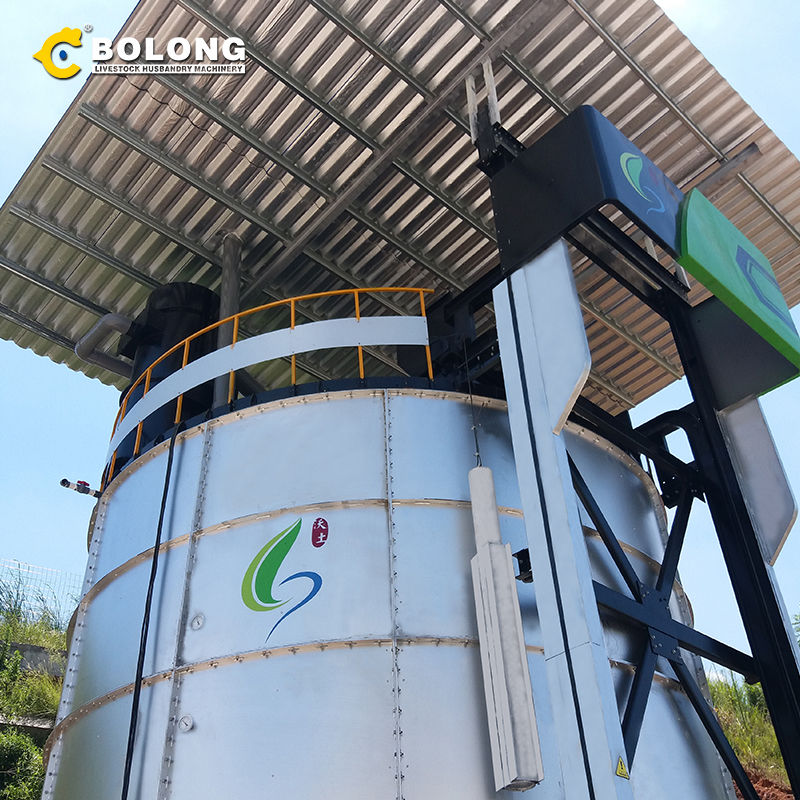
Fermentation vessels play a vital role in the successful and controlled fermentation of various foods and beverages. They provide the optimal environment for microbial activity, ensuring the development of desired flavors, aromas, and textures.
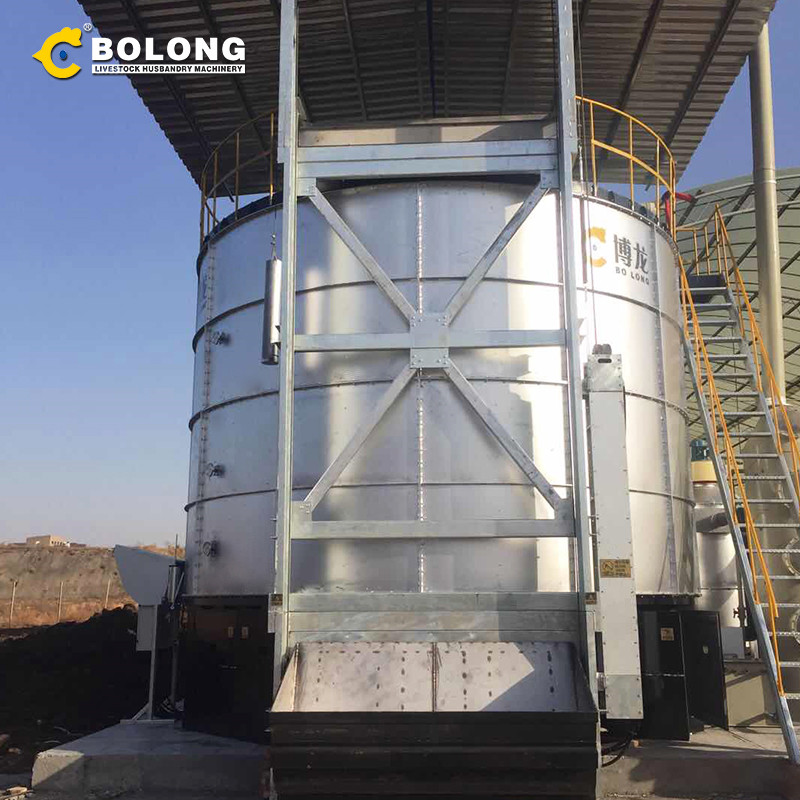
Aug 1, 2023 · Manufacturers are exploring innovative ways to reduce the carbon footprint of brewing and winemaking processes by producing vessels that are sustainable and energy-efficient. Fermentation Vessels in Home Brewing and DIY Projects. Fermentation vessels are not limited to large-scale commercial operations.

Aug 31, 2023 · A bioreactor, or a fermentation vessel, is a device or system used to cultivate and produce biological cells, tissues, or organisms in a controlled environment. boosting their efficiency and ...
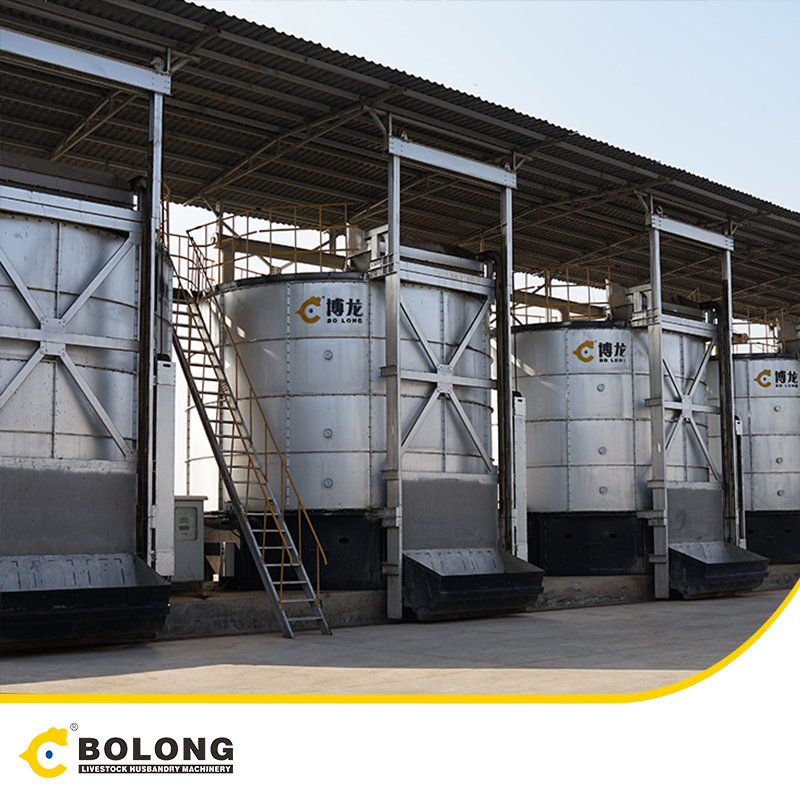
Feb 21, 2024 · Fermentation vessels come in a variety of sizes, from small jars for single batches to large barrels for bulk fermentation. When choosing a vessel, consider the amount of produce you will be fermenting and the available space for storage. It’s also important to note that the size of the vessel can affect the fermentation process.
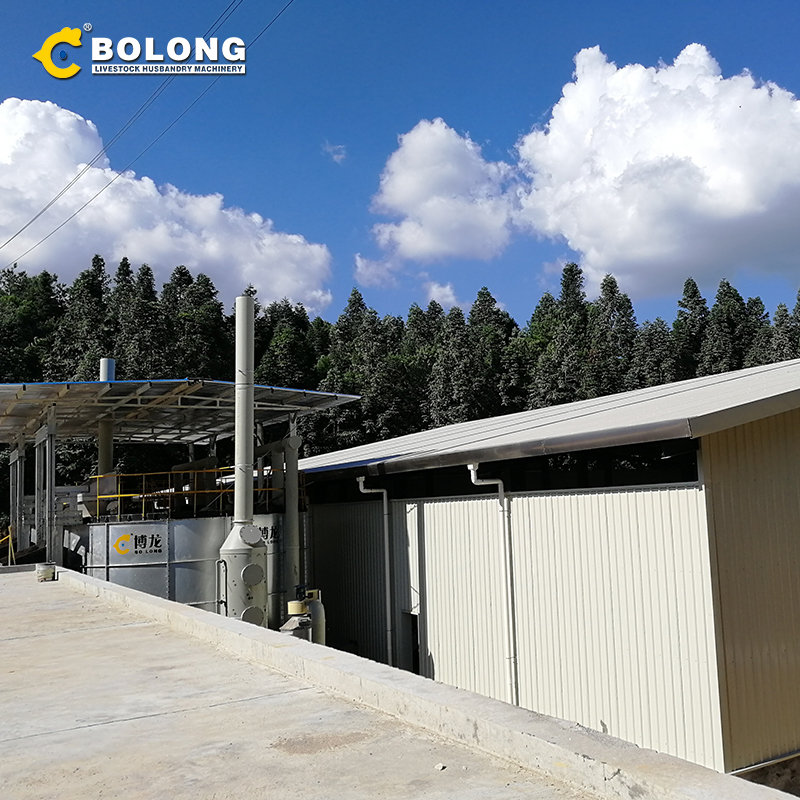
Feb 15, 2024 · The solid waste produced by livestock and poultry breeding industries can substantially impact the daily production and life of people. The odor nuisance chiefly originates from the decomposition of animal feces, sewage, litter, feed, and gases discharged from the digestive tract of livestock (Mariuzza et al., 2022, Gutarowska et al., 2014).
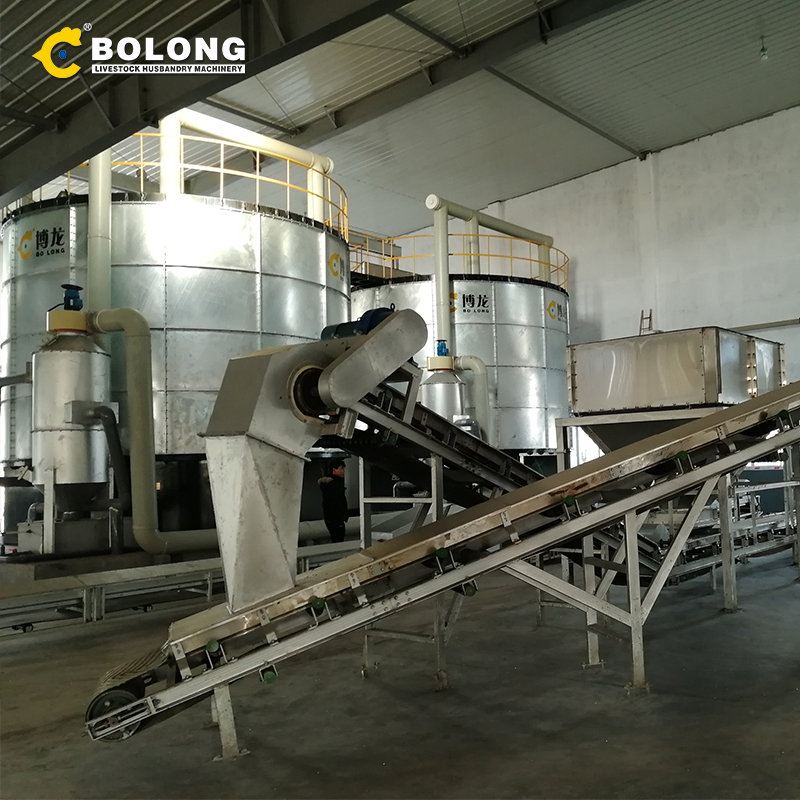
Precise environmental control is of considerable interest in fermentations since oscillations may lower the system efficiency, increase the plasmid instability and produce undesirable end products. This review gives the complete information about fermenter and parameters to be considered to enhance its productivity.

Challenges Faced With Fermentation Vessels. Fermentation vessels are fundamental in the production of various biotechnological products, including pharmaceuticals, biofuels and food additives. However, producers encounter several challenges when designing and operating these vessels due to the complex nature of fermentation processes.

May 23, 2024 · A bioreactor is a type of fermentation vessel that is used for the production of various chemicals and biological reactions.. It is a closed container with adequate arrangement for aeration, agitation, temperature and pH control, and drain or overflow vent to remove the waste biomass of cultured microorganisms along with their products.

Apr 20, 2023 · Purpose of Fermentation Vessels. Fermentation vessels are where the magic of beer-making happens. Yeast is added to the cooled wort, and it begins to consume the sugars, producing alcohol and carbon dioxide as byproducts. This process transforms the sweet wort into beer. Types of Fermentation Vessels. There are several types of fermentation

• A head plate to close the vessel • Components within or attached to the vessel or the head plate to Bioreactors and Fermenters: Powerful Tools for Resolving Cultivation Bottlenecks Figure 1: Stirred-tank bioreactor system consisting of bio-process control station, vessel, and bioprocess control soft-ware.